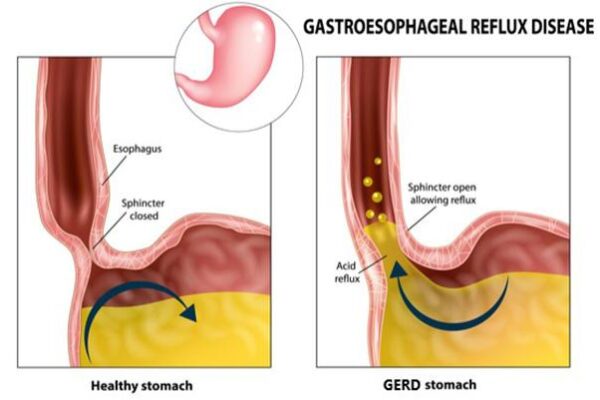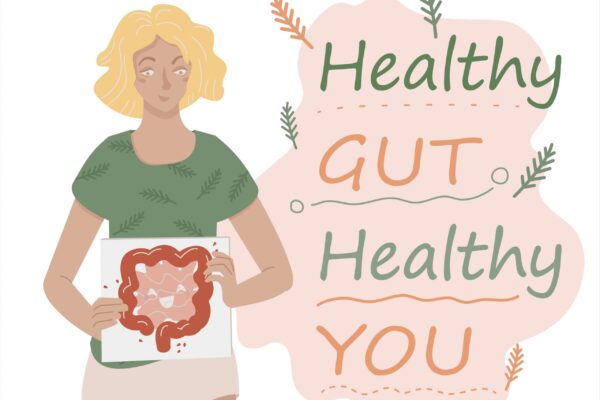Obesity
Overweight and obesity is listed as one of the leading health indicators in America today (Healthy People 2010). According to Healthy people 2010, overweight and obesity are major contributors to many preventable causes of death. Higher body rates are associated with higher death rates (Healthy People 2010). Healthy People 2010 stated that the number of obese children, adolescents and adults has risen over the past four decades and the total costs both medical and lost productivity attributable to obesity alone has totaled to be an estimated $99 billion in 1995. During 1988-1994, 11% of children and adolescent ages 6-19 were obese, and during these same years, 23% of adults ages 20 and older were considered obese (Healthy People, 2010). Sixty-five percent of U.S adults were either overweight or obese according to results from the 1999-2002 National Health and Nutrition Examination Survey (CDC, 2007). According to the United States Department of Health and Human Services, 300,000 deaths each year in the United States are associated with obesity. Obesity raises the risk of illness from high blood pressure, high cholesterol, type 2 diabetes, heart disease and stroke, gall bladder disease, arthritis, sleep disturbances and problems breathing and certain types of cancers (Healthy People, 2010).
What is a healthy weight?
Measuring your body mass index is one way to tell whether you are at a healthy weight. A body mass index (BMI) measures your weight in relation to your height. Another way to find out if you are at risk for problems caused by overweight is to measure your waist. If you are female and your waist is more than 35 inches and male with a waist line of more than 40 inches you are at risk.
What makes people overweight?
Individuals gain weight when the number of calories they eat is more than the amount their body use. There are many factors that play a part in weight gain.
Habits – Eating too much can become a habit.
Genes- Obesity and overweight tend to run in families.
Illness– Some disease can lead to weight gain. examples include depression and hypothothyroidsm
Medicine– Some medicines can lead to weight gain
Your environment– People tend to eat too much because food is always there. There are ads about food on TV, newspapers, food at malls; this makes it easy to just eat food. On top of that our modern society has made it very easy for us to become inactive. i.e. escalators, elevators, drive in movies, parking space right at your house door, fast food restaurants and many more.
Tips for reducing weight
A balance diet and regular physical activity can reduce your chances of becoming obese.
Here are some tips to help you increase physical activity:
Exercise at least 30 minutes a day, five days per week. If you cannot get the full thirty minutes in one setting try cutting it down to 15 minutes intervals twice daily.
Take the steps instead of elevators. Make sure the steps are well lit.
Park your car a good distance from work, movie theaters, or your home and walk the rest of the way.
While sitting at your desk, move your legs in walking motion. You might be surprised this burns calories too!
Take short walks around the block with your family, friends or coworkers.
Take a walk after dinner instead of watching television.
We cannot control all the factors that cause obesity, but we can definitely increase physical activity and change eating habits. Please don’t put yourself at risk for becoming obese. Take the necessary steps today to keep you and your family healthy.
References
Centers for Disease Prevention and Control (2007) Overweight and obesity: Defining overweight and obesity. Retrieved August 29, 2007 from http://www.cdc.gov/needphp/dnapa/obesity/defining.htm
Healthy People, 2010 (2007). Leading Health Indicators. Retrieved August 29, 2007 from http://www.heathypeople.gov/Document/html/uih/uih_bw/uih_4.htm
US Department of Health and Human Services ( 2004). Healthy Eating & Physical activity across your lifespan. Retrieved August 29, 2007 from http://www.niddk.nih.gov










